Understanding Endometriosis: A Comprehensive Guide to Symptoms, Diagnosis, and Treatment Options
April 28, 2025, 7:31 a.m.
Endometriosis affects millions of women worldwide, causing pain and sometimes life-altering challenges. It happens when tissue like the uterus lining grows outside it, leading to inflammation and discomfort. Understanding endometriosis—its symptoms, diagnosis, and treatment options—is key to managing it and living well.
What is Endometriosis?
Imagine tissue that’s supposed to line your uterus growing elsewhere—like on your ovaries or pelvic walls. That’s endometriosis. Each month, this tissue acts like it’s inside the uterus: it thickens, breaks down, and bleeds. But since it can’t leave your body, it causes pain and swelling. Over time, it might form scars or cysts.
Doctors classify endometriosis into four stages: - Stage I (Minimal): Small patches, no major scarring. - Stage II (Mild): More patches, still no heavy scarring. - Stage III (Moderate): Larger growths, some scarring, maybe cysts. - Stage IV (Severe): Lots of growths, thick scars, big cysts.
Here’s the catch: the stage doesn’t always match the pain. I’ve spoken to women with Stage I who couldn’t get out of bed, while others with Stage IV barely noticed.
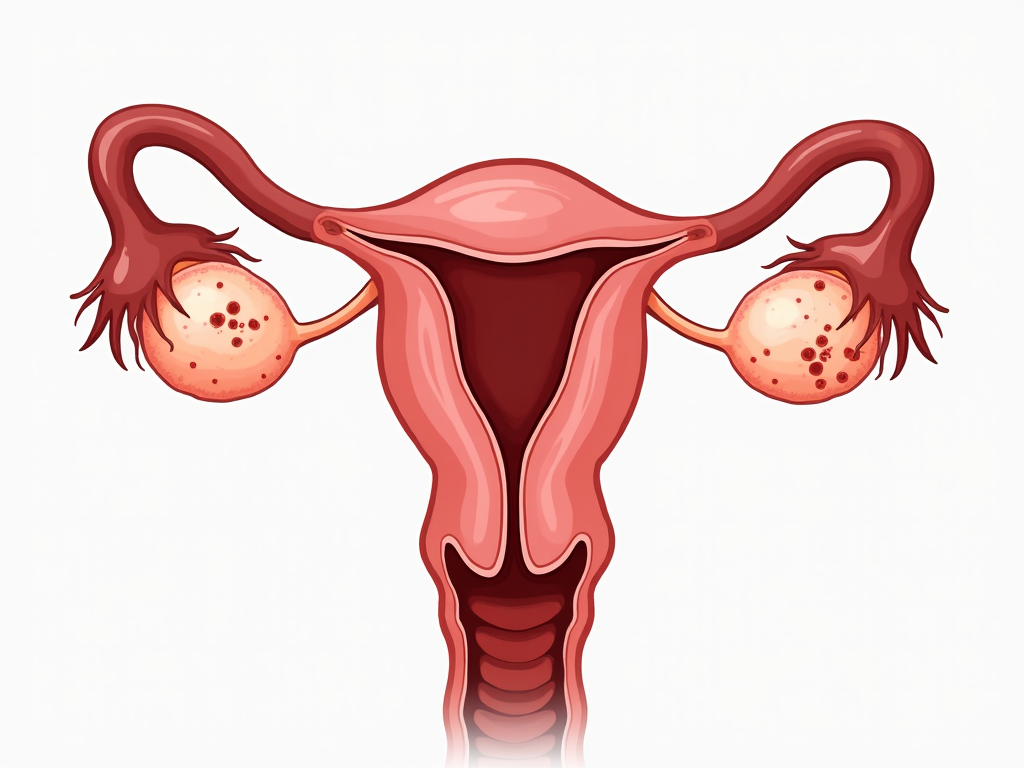
Symptoms of Endometriosis
The symptoms of endometriosis hit everyone differently. Some women feel crippling pain, while others don’t notice much. Here’s what’s common: - Pelvic Pain: Sharp or dull, often worse during periods. - Painful Periods: Cramps that get worse over time. - Pain During Sex: A deep ache that lingers. - Heavy Bleeding: Soaking through pads fast or bleeding between periods. - Infertility: Trouble getting pregnant. - Other Signs: Bloating, nausea, or exhaustion, especially during your cycle.
I’ve heard stories from women who thought this was just ‘normal’ period pain—until it wasn’t. Recognizing these signs early can change everything.
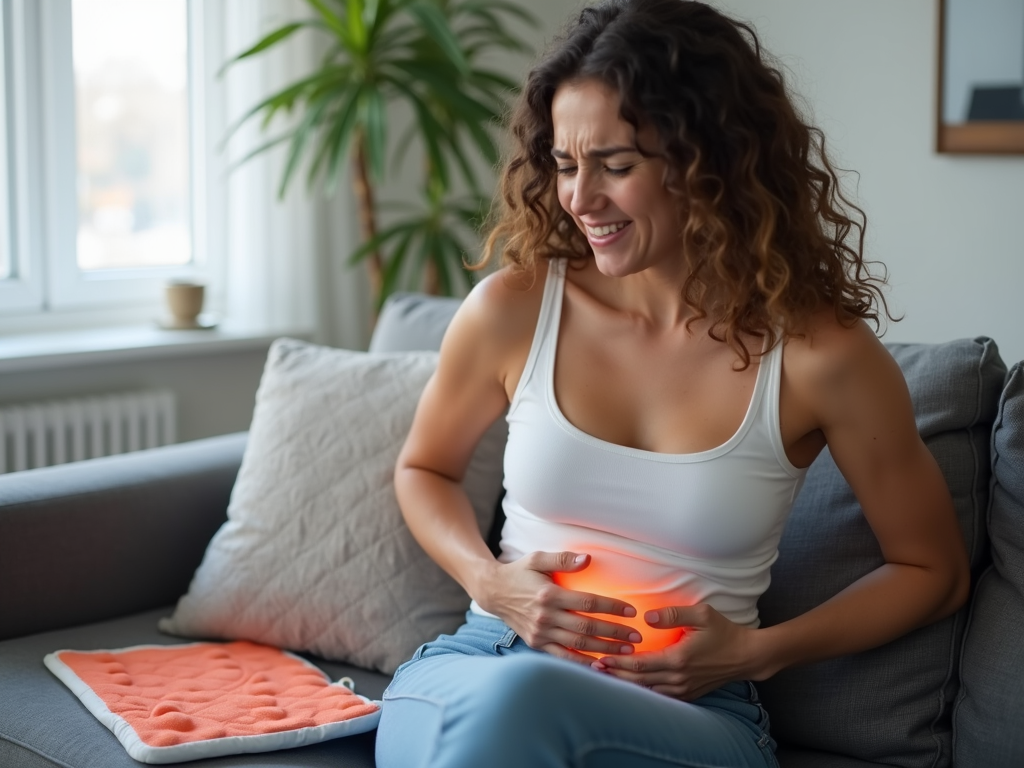
Diagnosis of Endometriosis
Figuring out if you have endometriosis can feel like a marathon. Symptoms often overlap with other issues, like irritable bowel syndrome. Here’s how doctors typically check: 1. Your Story: They’ll ask about your pain, periods, and family history. 2. Pelvic Exam: A quick check for anything unusual. 3. Imaging: Ultrasound or MRI can spot big growths, but they’re not foolproof. 4. Laparoscopy: A small surgery to look inside with a camera—it’s the surest way.
Finding a doctor who knows endometriosis well is a game-changer. A friend of mine waited years for answers until she saw a specialist.
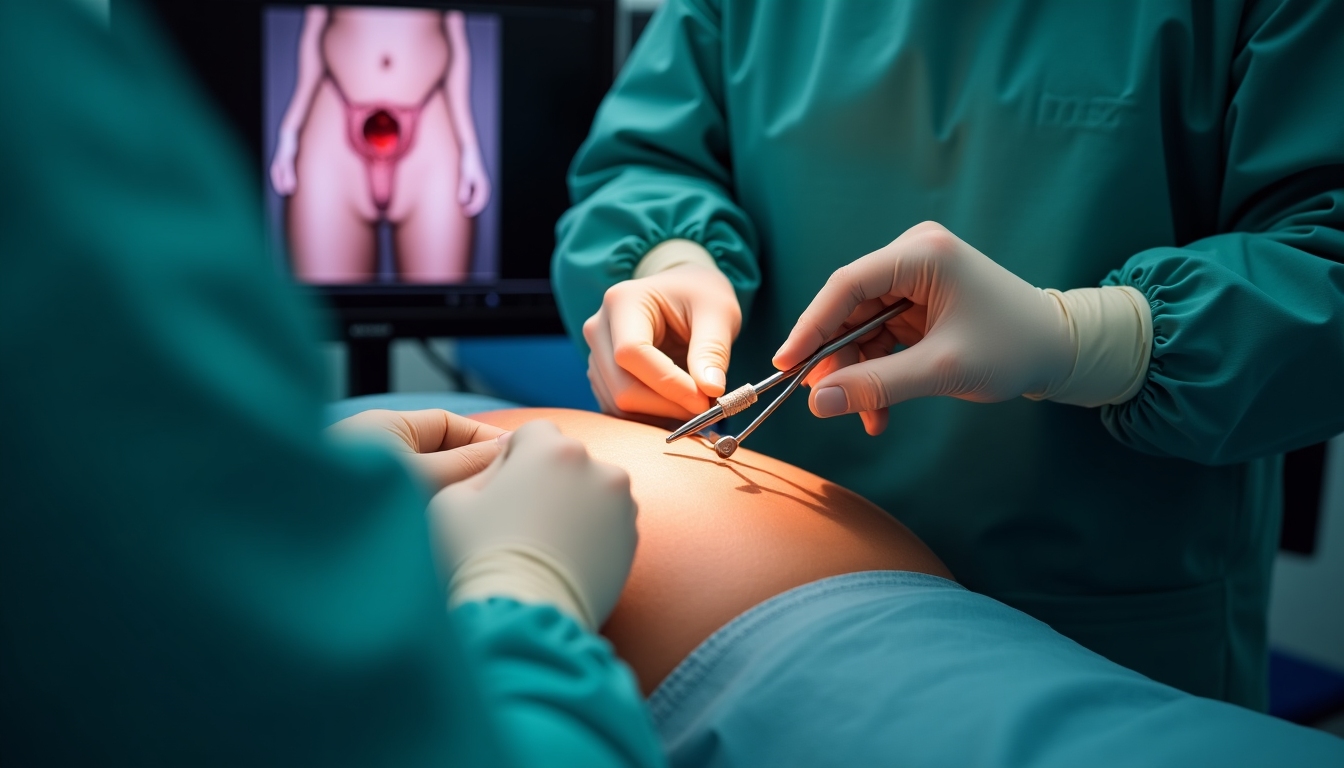
Treatment Options for Endometriosis
There’s no one-size-fits-all fix for endometriosis, but treatments can ease the pain and help you thrive. Options include:
- Pain Relief:
- Over-the-counter meds like ibuprofen work for mild pain.
- Stronger prescriptions tackle tougher days.
- Hormone Treatments:
- Birth control pills lighten periods and pain.
- Progestin (pills or IUDs) slows tissue growth.
- GnRH drugs pause your cycle, but side effects can be rough.
- Surgery:
- Laparoscopy removes growths and scars.
- Hysterectomy (taking out the uterus) is a last step if you’re done having kids.
Talk to your doctor about what fits your life. Some women I know swear by hormones; others needed surgery to feel human again.
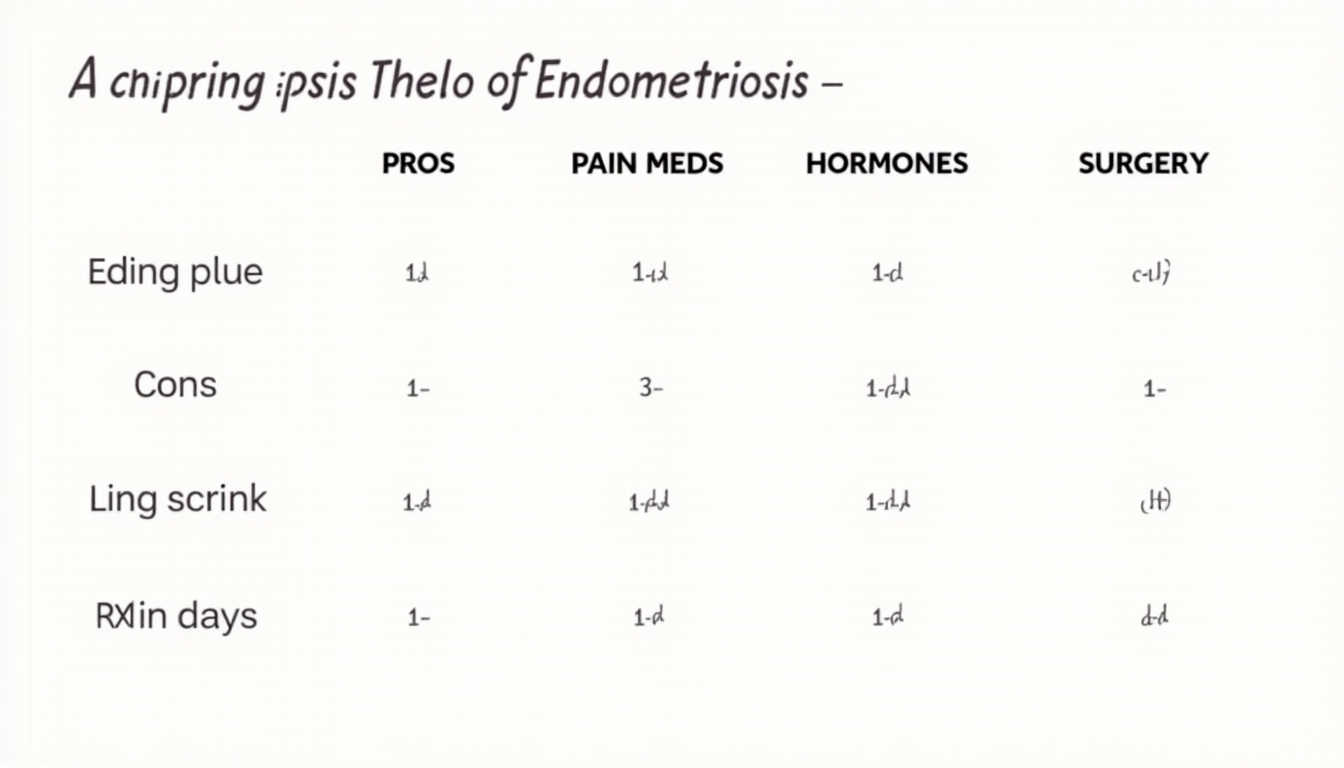
Impact on Fertility and Preservation Options
Endometriosis can make getting pregnant tough—about half of women with it struggle. Scar tissue might block tubes, or inflammation could mess with eggs. But there’s hope with fertility preservation for endometriosis:
- Act Early: Treating it soon keeps damage low.
- Fertility Help: IVF or IUI can boost your chances.
- Natural Ways to Preserve Fertility with Endometriosis:
- Eat anti-inflammatory foods like fish or berries.
- Stay active with gentle exercise like walking.
- Lower stress with yoga or deep breathing.
A woman I met conceived after years of trying, thanks to IVF and diet changes. It’s not easy, but it’s possible.
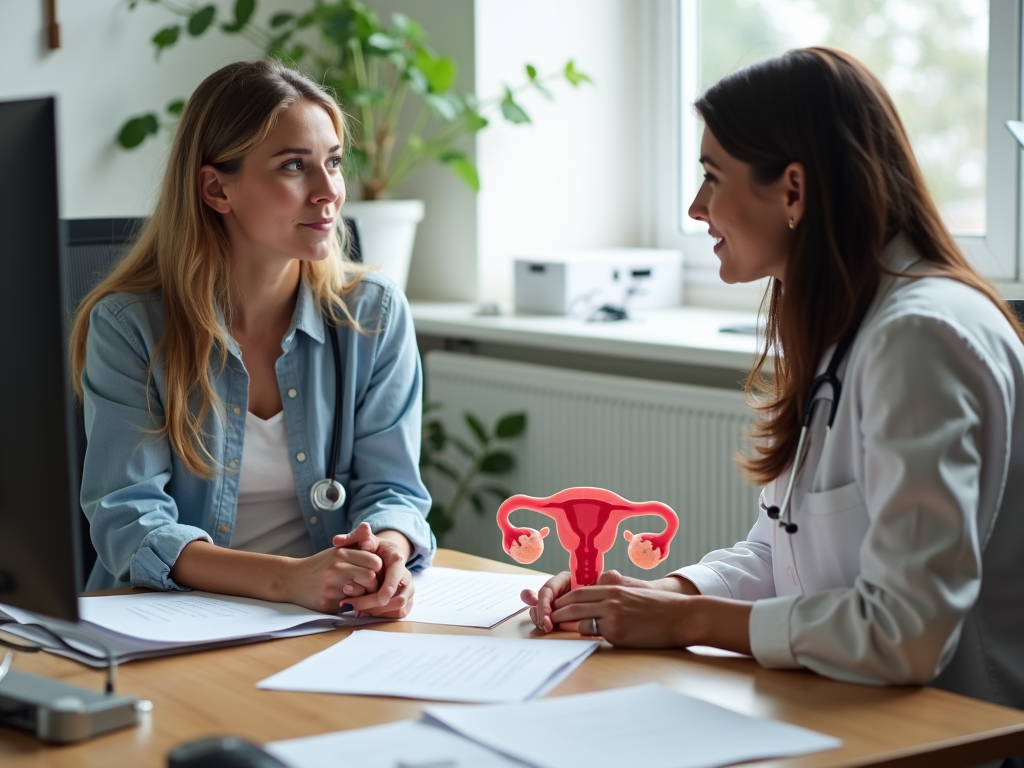
Alternative Therapies: Acupuncture for Endometriosis Relief
Some women turn to acupuncture when pills aren’t enough. It’s an old practice—thin needles go into specific spots to balance your body. The benefits of acupuncture for endometriosis relief can include: - Less pain from natural endorphin boosts. - Better blood flow to ease swelling. - Calmer mind and body.
How to find a qualified acupuncturist? Look for someone licensed, with experience in pain or women’s health. Ask your doctor first to keep everything in sync. A friend tried it and said it cut her pain in half.

Wrapping It Up
Endometriosis is tough, but you’re not alone. Understanding endometriosis: symptoms, diagnosis, and treatment options empowers you to take charge. From meds to surgery to natural steps, there are ways to feel better and protect your future—whether that’s less pain or starting a family. Check out more resources below to keep learning.